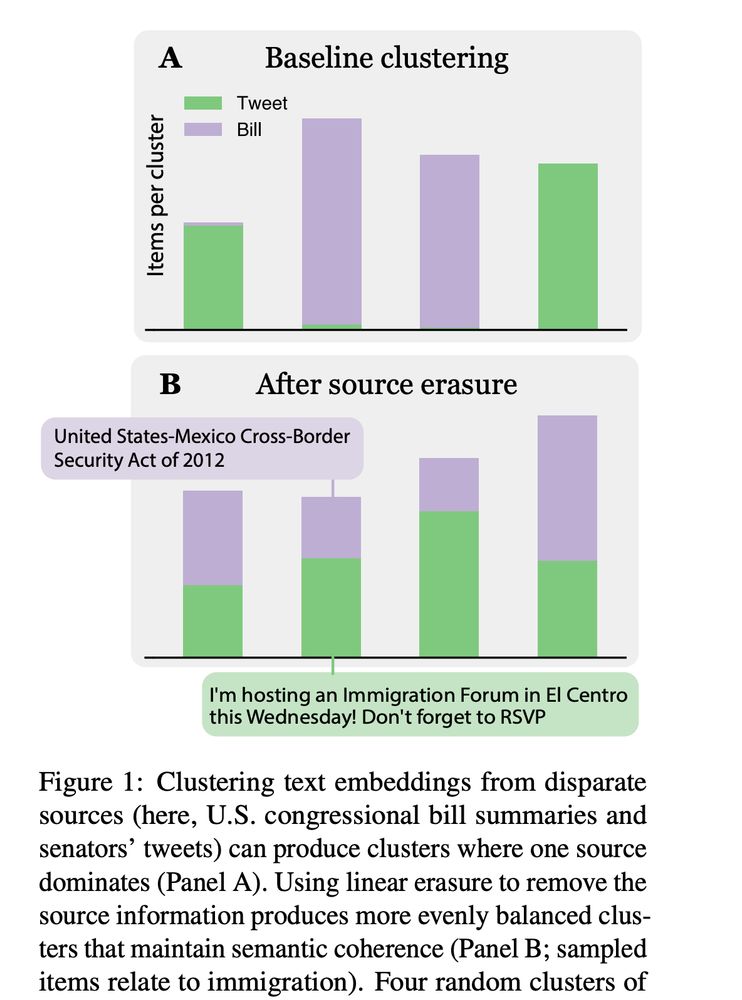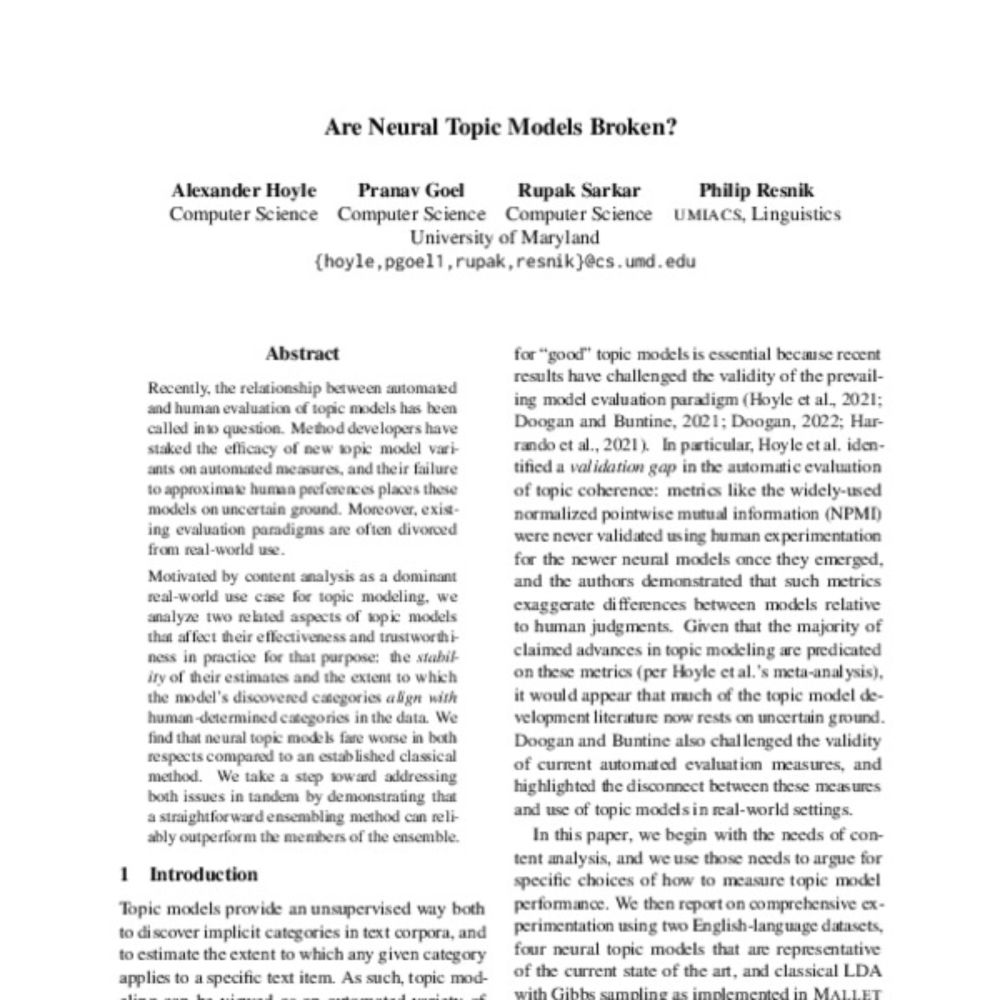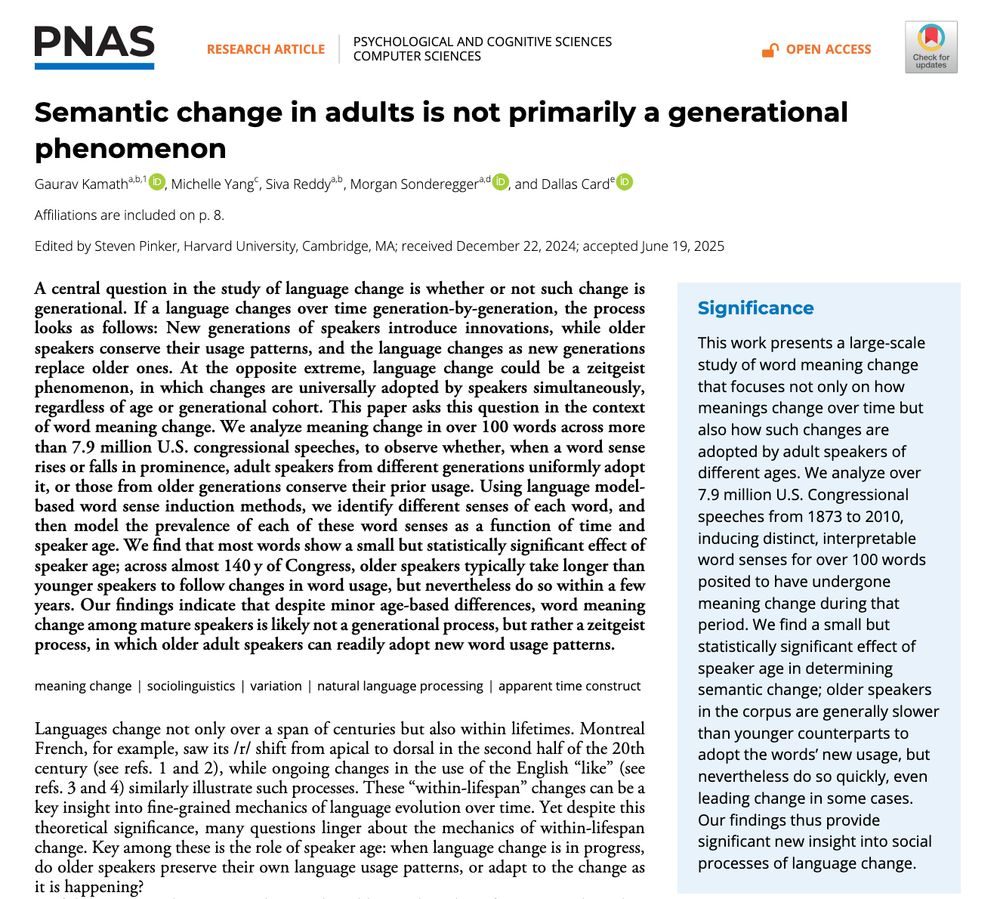Alexander Hoyle
@alexanderhoyle.bsky.social
2.3K followers
290 following
200 posts
Postdoctoral fellow at ETH AI Center, working on Computational Social Science + NLP. Previously a PhD in CS at UMD, advised by Philip Resnik. Internships at MSR, AI2. he/him
alexanderhoyle.com
Posts
Media
Videos
Starter Packs
Reposted by Alexander Hoyle
Reposted by Alexander Hoyle






